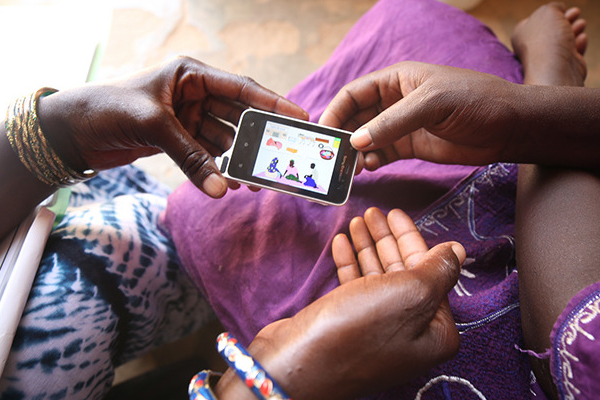 How can ICT4D improve healthcare in developing countries?
How can ICT4D improve healthcare in developing countries?
There are many ways in which ICT4D (Information and Communication Technologies for Development) can improve healthcare in developing countries. Some examples include:
- Telemedicine: ICTs can be used to connect healthcare providers in remote or underserved areas with specialists in urban centers, allowing for the delivery of high-quality medical care to people who might otherwise not have access to it.
- Health information systems: ICTs can be used to create and maintain electronic health records, which can improve the accuracy and efficiency of healthcare delivery and reduce the risk of medical errors.
- Disease surveillance and outbreak response: ICTs can be used to track and monitor the spread of diseases, allowing for more effective and timely responses to outbreaks.
- Public health campaigns: ICTs can be used to deliver health education and information to large populations through social media, mobile apps, and other digital platforms, helping to raise awareness about health issues and promote healthy behaviors.
- Supply chain management: ICTs can be used to improve the management of medical supplies, ensuring that they are delivered to the right place at the right time, and helping to prevent shortages and wastage.
Overall, the use of ICTs in healthcare can help to improve access to care, quality of care, and the efficiency of healthcare delivery in developing countries, ultimately leading to better health outcomes for the populations served.
Read More About ICT4D in Healthcare Below
Kenya Just Sold Citizen Health Data for $5.66 Per Person. Expect More & Worse.
The development community may be asking the wrong question about Kenya’s controversial new health agreement with the United States. While digital rights advocates...
Babyl Paradox: When Evidence-Based Digital Success Cannot Beat Corporate Failure
I’ve heard development practitioners say telemedicine is just a poor substitute for real healthcare. That virtual consultations can’t possibly match...
How Do You Explain ChatGPT to a Community Health Worker?
I’ve been diving deep into groundbreaking research on community health worker perceptions of AI applications in rural India. The truth is more complex than...
The Surprising Invisible Killer of African Health Information Systems
Everyone wants to talk about digital infrastructure. Unreliable electricity, spotty internet, inadequate hardware budgets. These are real problems, and I’ve...
When Does NOT Using AI in LMIC Healthcare Become Unethical?
We are quickly reaching an inflection point where withholding Generative AI solutions from healthcare systems in low- and middle-income countries (LMICs) will be...
WHO Digital Assistant Trap: Human Guides for Bad Digital Designs
When the WHO Science Council released its 2025 report Advancing the Responsible Use of Digital Technologies in Global Health, I saw digital health practitioners...
4 Lessons Learned From Global Digital Health AI Chatbot Failures
Sadly, countless health chatbot projects crash and burn across low- and middle-income countries each year.
It’s not about artificial intelligence limitations,...
eSanjeevani Shows What Actually Works in Scaling Digital Health Solutions for LMICs
I have lost count of how many digital health pilot projects promised to revolutionize healthcare access in LMICs. Most delivered a few thousand consultations before...
The Good, Bad, and Ugly of AI in Sexual and Reproductive Health Rights
Technology is transforming access and delivery of sexual and reproductive health (SRH) information and services, and artificial intelligence (AI) is one of the...
Last Chance: Submit Your GDHF Session Ideas Today!
This is your final chance to submit GDHF abstracts to share your digital health innovations, challenges, and lessons learned with a global community of peers, implementers,...











